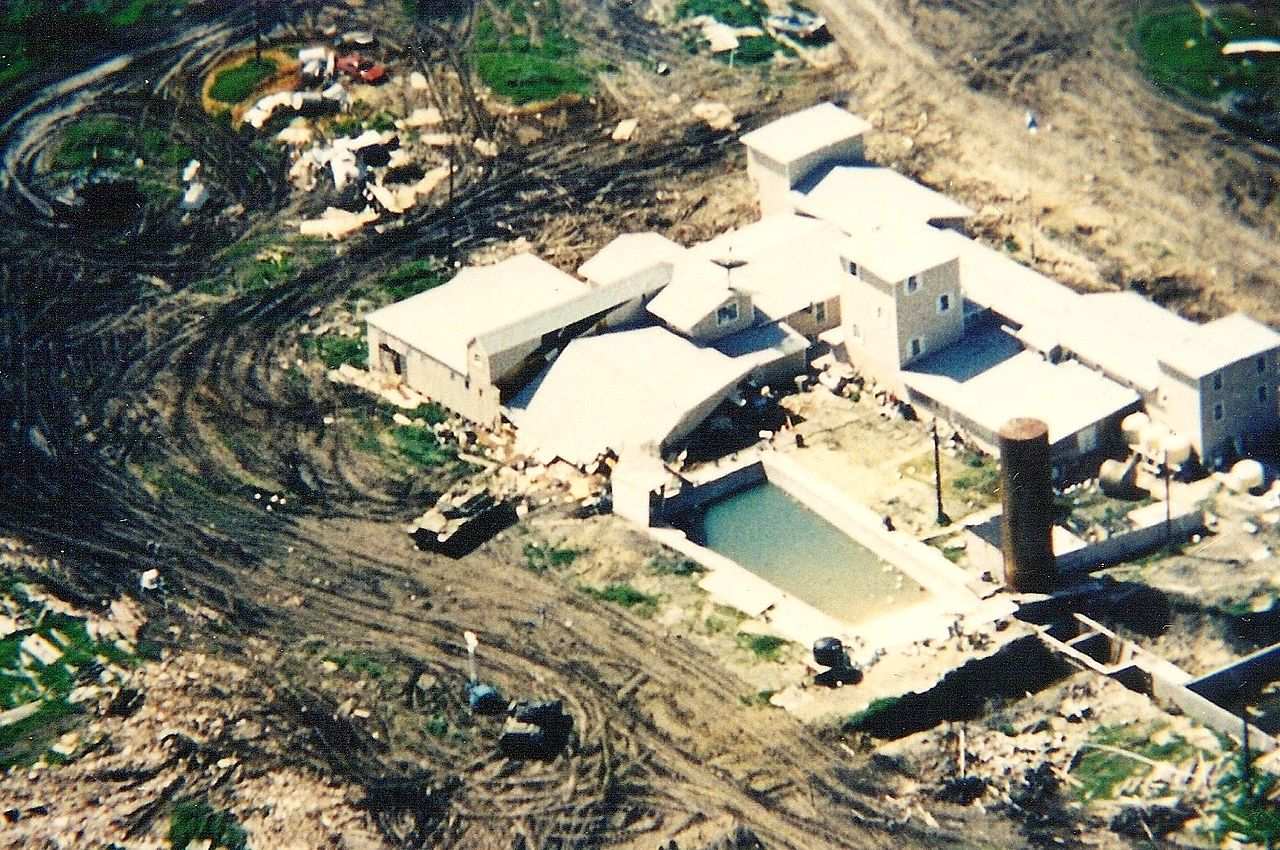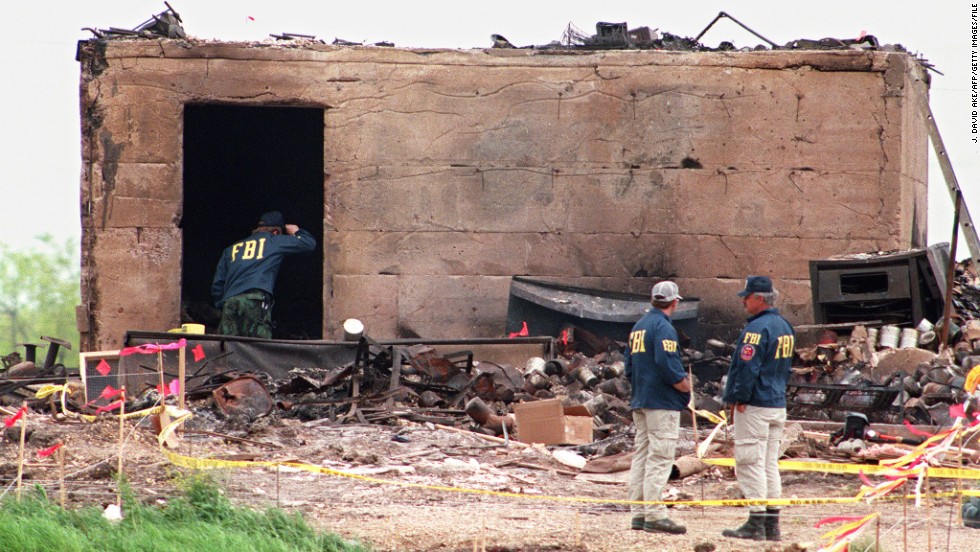Waco Siege: The Untold Story Of The 1993 Tragedy & What Happened Afterwards
Was the 1993 Waco siege a tragic failure of law enforcement, or a necessary intervention? The events that unfolded near Waco, Texas, remain a haunting testament to the complexities of faith, government overreach, and the devastating consequences of conflict.
The shadow of Waco, and the earlier 1992 Ruby Ridge incident in Idaho, loomed large. The specter of these previous confrontations, and the public scrutiny that followed, undoubtedly weighed heavily on the minds of those involved. The Federal Bureau of Investigation (FBI), eager to avoid a repeat of the violent clashes at Ruby Ridge and other locations, approached the situation with extreme caution, or so it seemed.
| Category | Details |
|---|---|
| Event Name | Waco Siege / Waco Massacre |
| Date | February 28 April 19, 1993 |
| Location | Mount Carmel Center, near Waco, Texas, USA |
| Participants | U.S. Federal Government (FBI, ATF, etc.) and Texas State Law Enforcement vs. Branch Davidians |
| Cause | ATF raid on the Branch Davidian compound, allegedly due to illegal firearms stockpiling |
| Key Figure | David Koresh (Leader of the Branch Davidians) |
| Outcome | Compound burned down, resulting in the deaths of over 80 people, including David Koresh and many children. |
| Controversies |
|
| Legacy |
|
| Further Reading | FBI - Waco Siege |
On February 28, 1993, the Bureau of Alcohol, Tobacco, and Firearms (ATF) launched a raid on the Mount Carmel Center, a religious compound near Waco, Texas. Their objective: to execute a search warrant based on allegations of illegal firearms and modifications. This confrontation, a clash between federal agents and the Branch Davidians, a religious sect led by David Koresh, would swiftly escalate into a siege that would last for 51 days and ultimately end in tragedy.
- Omegle Alternatives Find Your Perfect Chat App In 2024
- Salt Trick For Ed Does It Actually Work The Truth
The raid, involving approximately 80 ATF agents, was met with immediate gunfire from within the compound. The initial skirmish resulted in the deaths of ATF agents and Branch Davidians. The standoff had begun.
The Branch Davidians, under the charismatic and controversial leadership of David Koresh, had established a self-sufficient community at Mount Carmel. The group had amassed a considerable arsenal of weapons, and a complex internal structure fueled by Koresh's interpretations of biblical prophecy.
Negotiations began immediately, with federal agents hoping to secure the surrender of Koresh and his followers. In the first few days, there was a glimmer of hope as 21 children were released from the compound. However, progress was slow, and the situation remained tense.
- Onlyfans Indianamylf Exclusive Content Latest Updates
- Is Ernesto Ancira Still Married To Robin Unveiling The Truth
Over the course of the siege, the Branch Davidians continued to hold out. The compound was well-stocked with food, water, firearms, and even gas masks. The FBI, taking over the operation, employed various tactics in an attempt to wear down the occupants of Mount Carmel. These included the use of psychological operations, cutting off electricity and phone service, and employing loudspeakers to broadcast messages.
The siege, known to some as the Waco Massacre, would be subject to intense scrutiny. The truth of what happened on April 19, 1993, when the compound erupted in flames, has been a major point of contention. The causes of the fire remain disputed, with theories ranging from the FBI's use of tear gas igniting flammable materials to the Branch Davidians' own actions.
Over 80 people died during the siege, including David Koresh and many women and children. The precise number of fatalities and the exact circumstances of their deaths remain a matter of debate.
The admission of the facts of this incident breathed life into the conspiracy theories that surround the Waco case. The role and the responsibility in those deaths continues to be debated.
The governments actions were criticized by many, including those who believed the FBI escalated the situation unnecessarily. Conversely, some defended the FBI's actions, pointing to the inherent dangers posed by the Branch Davidians and their arsenal.
Janet Reno, who had become the first female attorney general just weeks before the siege began, approved the FBIs plan, including the use of tear gas.
The events at Waco, and the 1992 Ruby Ridge incident, have frequently become touchstones for critics of the federal government, serving as examples of what they see as overreach and intrusion. The legacy of these events continues to shape the ongoing debate about the balance between government power and individual rights.
The events that transpired near Waco, Texas, in the spring of 1993, are etched into the national consciousness. The fiery ending to the siege, the loss of so many lives, and the unanswered questions continue to fuel speculation and debate.
The government reports and the chronology produced by Frontline in 1993 provide some insights, but the full truth, it seems, remains elusive.
For 81 days the standoff continued. The Freemen surrendered to authorities on June 14, 1996, without loss of life.
The stockpiling of food, water, firearms, and gas masks by the Branch Davidians in the weeks leading up to the raid paints a picture of an armed and prepared group.
The release of 21 children in the first five days offered a glimpse of hope amidst the escalating tension.
The fire, the deaths, and the unanswered questions that linger 30 years later serve as a stark reminder of the fragility of peace and the lasting impact of conflict.
The Branch Davidians' leader, David Koresh, born Vernon Howell, built a following around his interpretation of the Bible. The Mount Carmel Center, 14 km from Waco, was the location of the siege.
The incident at Waco became a pivotal moment, prompting soul-searching and generating a surge of conspiracy theories, but the questions surrounding the event are far from being fully addressed.
The fact that more than 70 people died when the skies filled with roaring fire is a stark reminder of the risks of government siege gone wrong.
The timeline of the waco standoff: From the initial raid to the devastating fire, this chronology underscores the key events of the siege, drawn from Justice Department reports and witness accounts.
The 1993 Waco siege remains one of the most hotly debated and analyzed events in American history. It serves as a lesson about the challenges of navigating the complexities of religious freedom, federal law enforcement, and the human cost of conflict.
;height:auto;width:100%25)


Detail Author:
- Name : Lourdes O'Hara
- Username : considine.mertie
- Email : vheathcote@kuhlman.biz
- Birthdate : 1991-01-05
- Address : 31808 Adams Port North Jadynside, IN 95868
- Phone : 1-415-415-0919
- Company : Dare-Eichmann
- Job : Welder and Cutter
- Bio : Ut ut eius vel ullam tenetur consequatur quo sit. Praesentium pariatur veniam est quaerat repellat. Temporibus et eaque in. Omnis nobis tenetur qui explicabo.
Socials
linkedin:
- url : https://linkedin.com/in/bradford_dicki
- username : bradford_dicki
- bio : Veritatis officiis et sed dolore.
- followers : 3951
- following : 1403
tiktok:
- url : https://tiktok.com/@bradford_dev
- username : bradford_dev
- bio : Quia delectus consectetur laudantium et id error recusandae.
- followers : 3483
- following : 1502